Siemens Healthcare to inject fresh blood into health sector
 The health care industry is reportedly facing critical challenges around the world, especially given the current global bad economic weather. How do you observe the situation?
The health care industry is reportedly facing critical challenges around the world, especially given the current global bad economic weather. How do you observe the situation?
For some years now, the healthcare industry worldwide has undergone considerable changes.
Firstly, cost pressures are becoming more of an issue, both in industrialised and emerging countries. Governments are heavily indebted and plan budget cutbacks, while healthcare expenses are rising. The affordability of healthcare is increasingly at risk.
This puts providers under pressure to deliver affordable, quality care for patients, payers and societies. Secondly, a large share of the world’s population does not have access to healthcare and in many remote areas access to quality healthcare is a challenge.
Thirdly, populations are aging in many parts of the world due to the continued demographic change. Take Vietnam, for example. According to the United Nations, life expectancy in Vietnam was just under 70 years in the year 2000. By the middle of the century, it will be more than 78 years. A decade ago, 80 year-old plus people accounted for a little less than 1 per cent of Vietnam’s population. By the year 2050, the 80+ generation will account for about 4 per cent of Vietnam’s population. Combined with the rising incidence of chronic diseases, healthcare providers globally are facing a growing number of patients including multi-morbidity cases. Thus, the need for high-quality healthcare is increasing. In a nutshell, on the one side we see clearly increasing demand due to demographics. On the other side, as I said we see budget restrictions in public spending.
What has Siemens Healthcare initiated to respond to those challenges?
Siemens Healthcare’s proactive response to these challenges emerging from a changing market environment is Agenda 2013. In November 2011, we have started this two-year initiative which aims to further strengthen our healthcare sector's innovative power and competitiveness. It comprises measures targeting innovation, regional presence, competitiveness, and human resource development including greater investments in product development and expanded sales activities in growth markets.
Siemens is the innovation leader in healthcare imaging. We support customers to fight the most threatening diseases and to raise quality and productivity in healthcare with new and improved diagnostic capabilities, novel minimally-invasive therapeutic options, integrated consulting projects and holistic information technology solutions. With that we help our customers efficiently detect diseases earlier and provide more accurate diagnoses and more targeted therapies.
But we believe innovation is not only a topic in the high-end market segments. Innovation is equally challenging to deliver the best equipment also for cost-sensitive customers. In the past 12 months alone, we introduced a CT-, an MRI-, an X-ray and an ultrasound system that offer a very compelling balance between image quality and investment budget.
In Vietnam’s case, specifically, the healthcare industry is not only facing the above indicated challenges but also outdated medical systems in remote areas and lack of skillful medical staff. What has Siemens done to help address such difficulties?
As I said earlier, our definition of innovation is broader than only high-end innovation. We pursue a two-prong strategy in this field. On the one side we drive innovation in the high-end to help science institutes and teaching hospitals to drive research to fight the most threatening diseases like cancer or neurodegenerative diseases. On the other side, we simultaneously work on making high quality medical equipment available at affordable prices so that more people can benefit from it, also in mid- and entry-level hospitals and practices.
To make medical technology more accessible for people in remote areas, we work on solutions such as mobile ultrasound, x-ray units or in-vitro products for point-of-care use that can be taken to patients more easily. But we know that the best equipment is useless, if people are not trained to make the most out of it. Therefore, we continuously offer educational opportunities and training that keep the local medical staff updated on advanced technologies and key trends in disease state management.
What can you say about Siemens Healthcare’s development direction in Vietnam?
The establishment of our representative office in 1993 was one of the most significant and far-reaching steps in our history in this country. Since then, Siemens has participated in numerous Vietnamese infrastructure projects, particularly in all key areas of the economy such as energy, industry, transportation and healthcare.
For healthcare, we provided a broad spectrum of imaging and laboratory diagnostics systems and solutions to numerous hospitals and clinics throughout the country. Today, Siemens is ready to expand its business in laboratory diagnostics in Vietnam with a much stronger presence in the country. Vietnam is selected for our second wave of investment in emerging countries. We believe in the Vietnamese market and see that it will be very important in the next few years for many reasons such as GDP and population growth and the like.
What the stars mean:
★ Poor ★ ★ Promising ★★★ Good ★★★★ Very good ★★★★★ Exceptional
Related Contents
Latest News
More News
- Localities on first step towards training microchip labour force (April 25, 2024 | 13:00)
- Agricultural produce seeks to conquer e-commerce market (April 25, 2024 | 10:15)
- Hai Long Construction's successful 25-year journey (April 25, 2024 | 08:00)
- E-commerce platforms help to spread agricultural value (April 25, 2024 | 07:30)
- Standard Chartered revises down Vietnam's 2024 GDP growth forecast to 6 per cent (April 24, 2024 | 15:04)
- Vincom Retail retains brand name following Vingroup divestment (April 24, 2024 | 15:00)
- Veterinary drugmakers seek time and cost-saving policies (April 24, 2024 | 11:36)
- Crucial small business arena to receive reduced CIT boost (April 24, 2024 | 11:12)
- Gaw Capital bets on “China plus one” opportunities in Vietnam (April 24, 2024 | 09:00)
- Softening demand to limit 2024 trade (April 24, 2024 | 08:00)



 Tag:
Tag: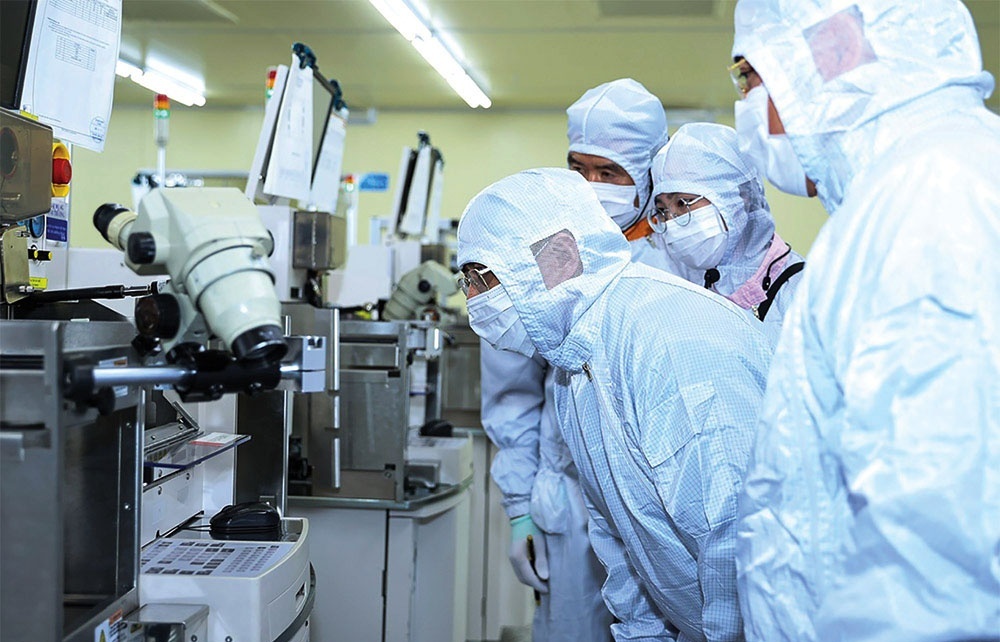

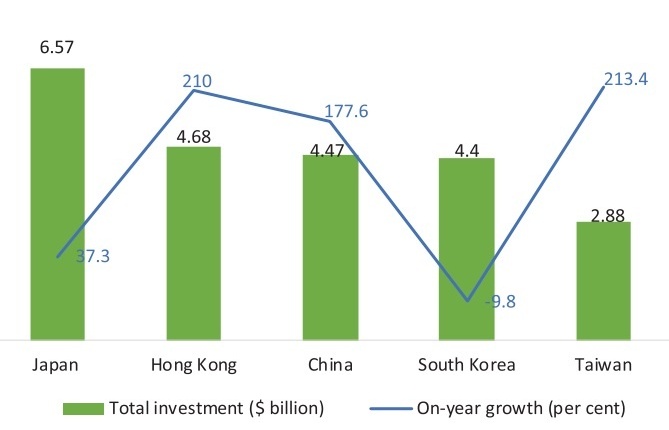
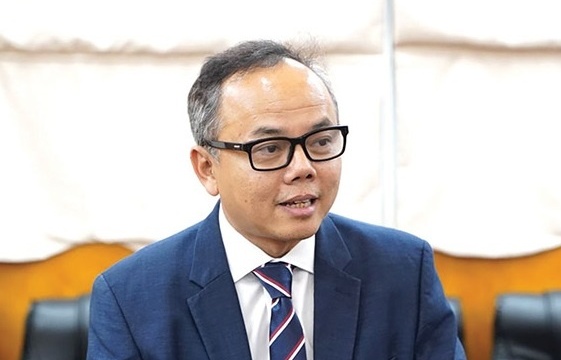


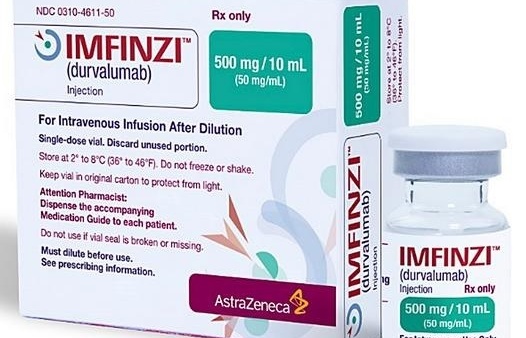
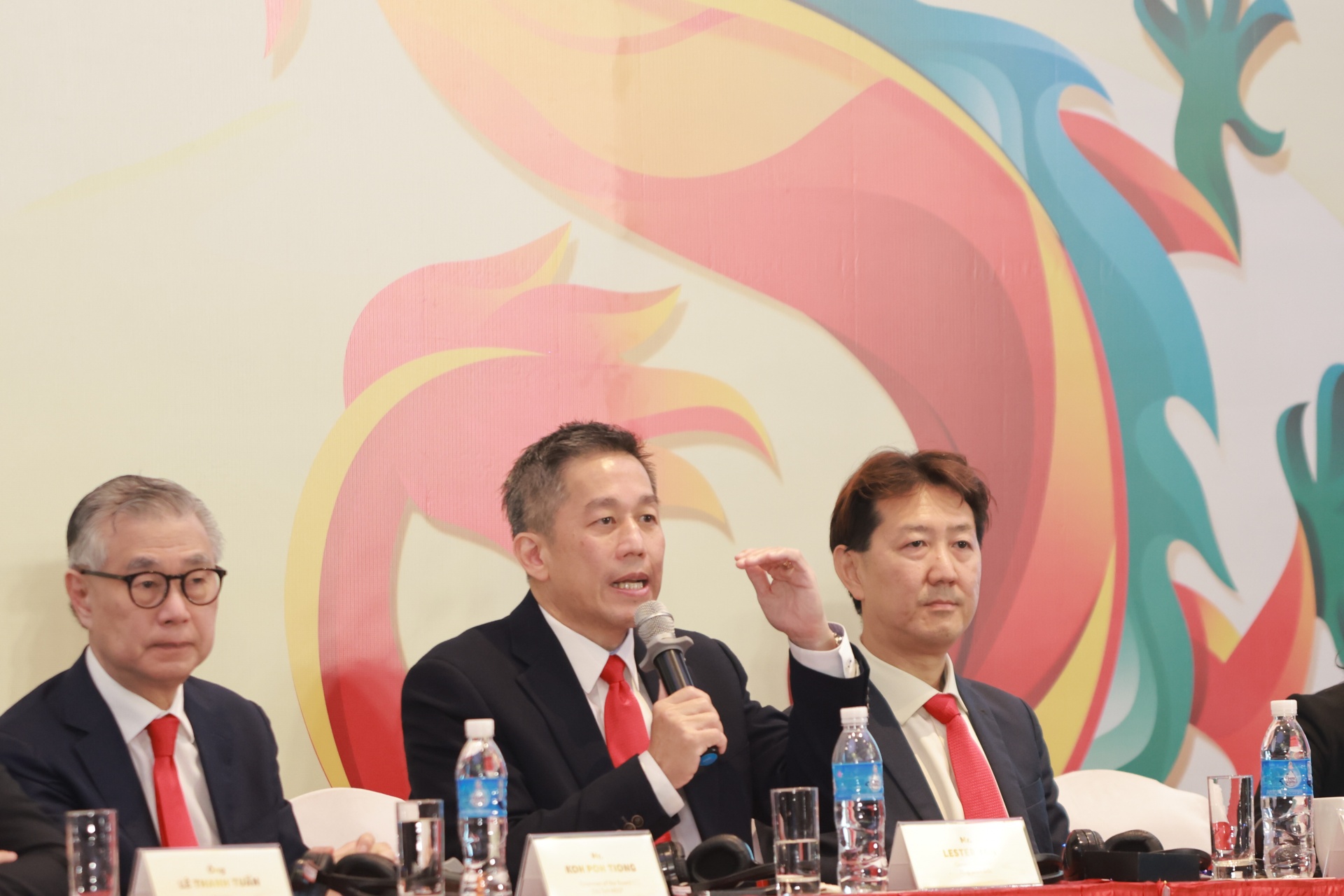
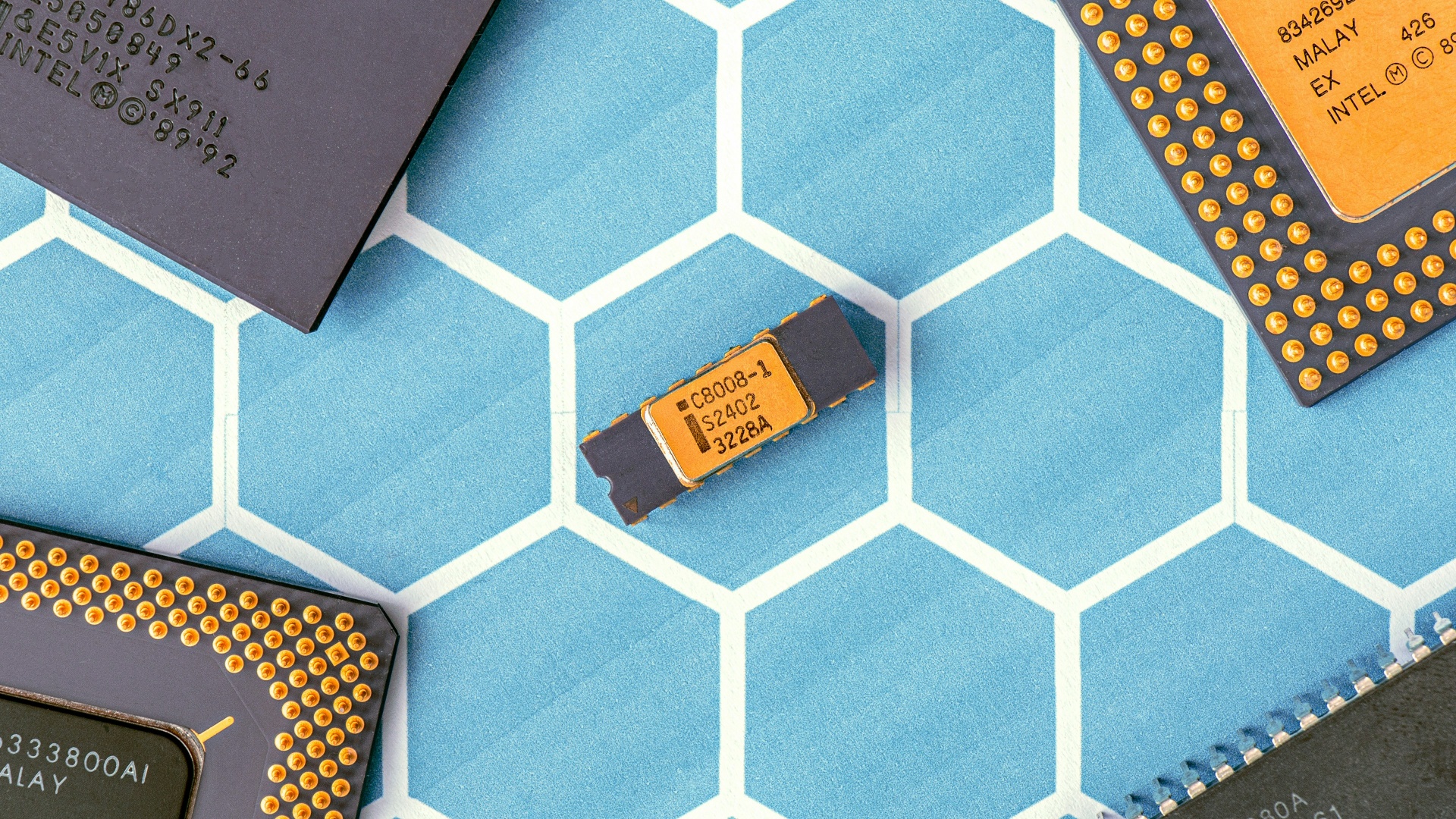



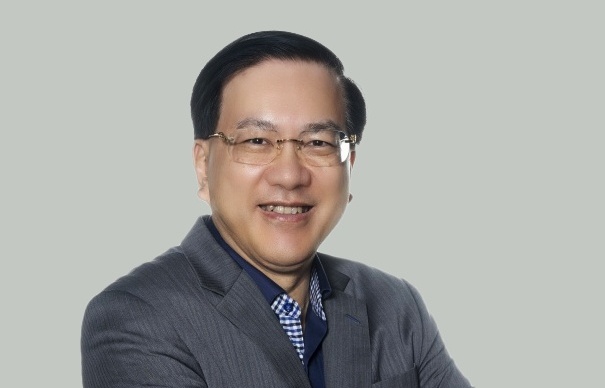
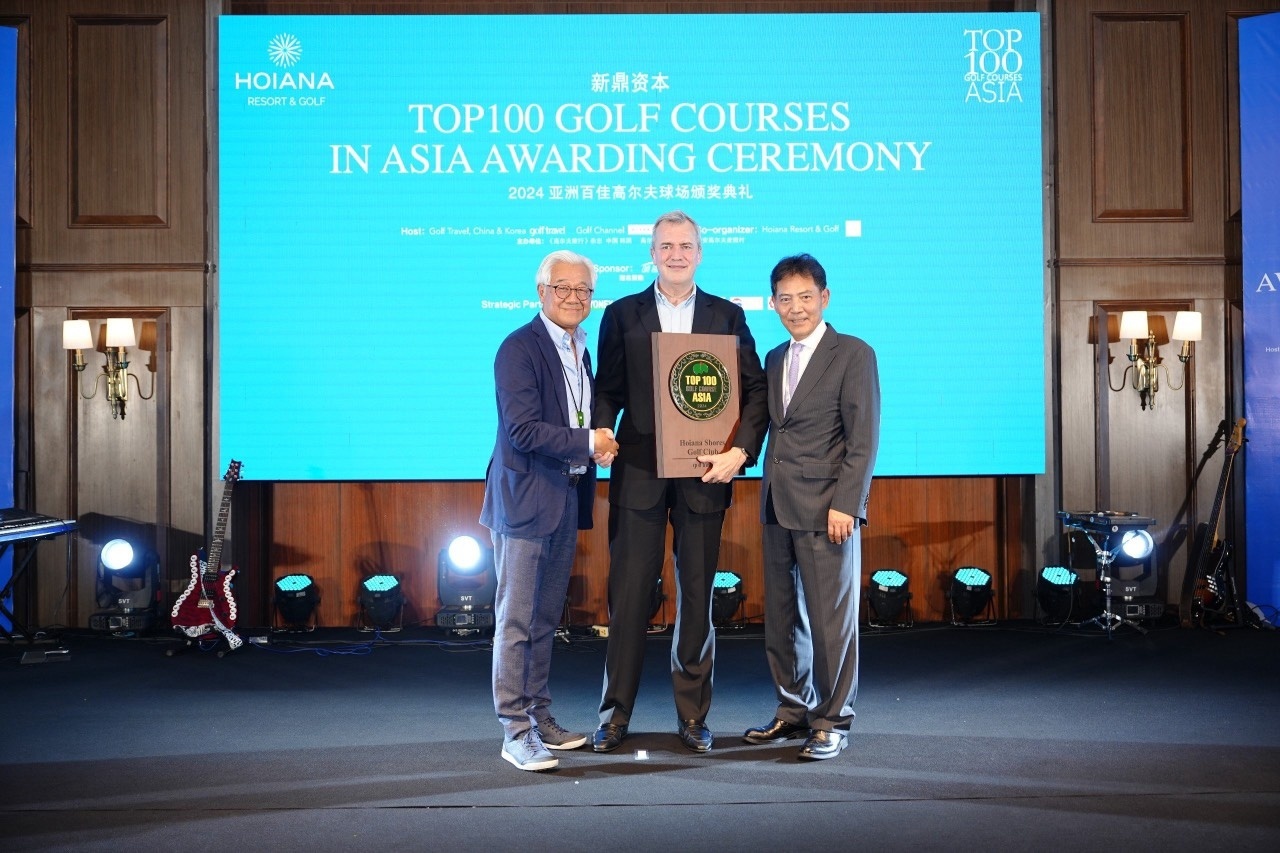
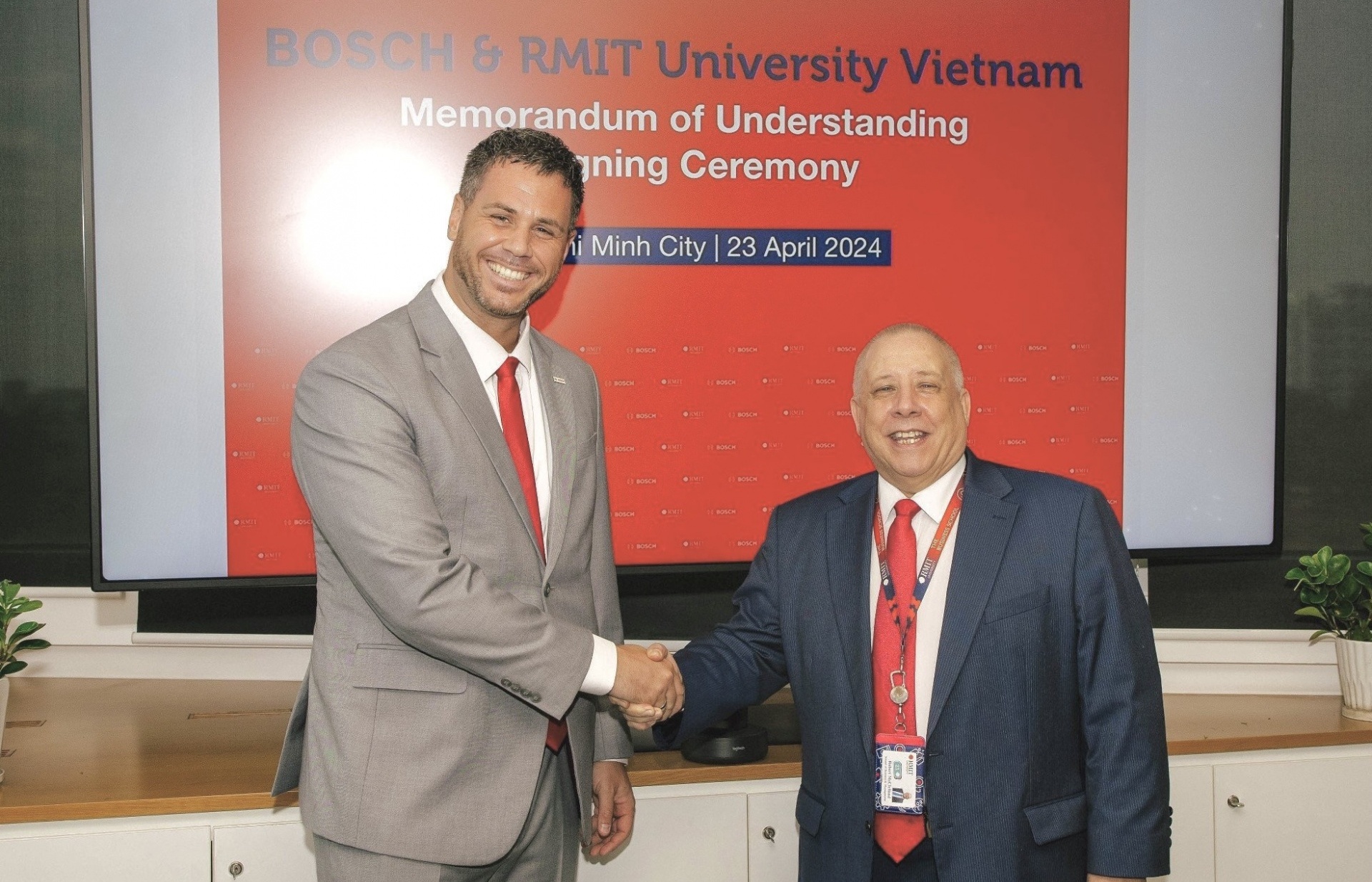



 Mobile Version
Mobile Version